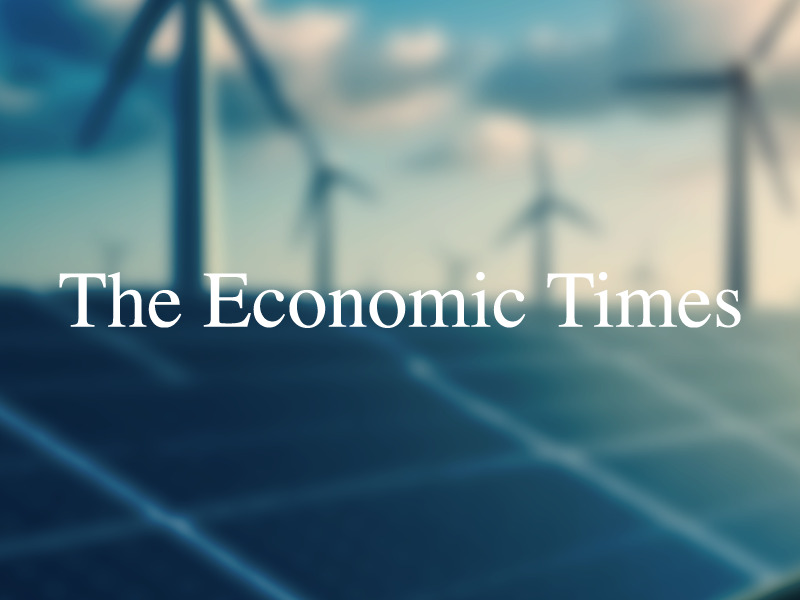OPINION: India’s energy choices now will decide economic and environmental future

India’s 2030 goal of building 500 GW of clean power capacity will be the most economical pathway to meet the rising electricity demand and doing so will not compromise the reliability of the electric grid.
OPINION: How India can drive down oil imports

Mandating the transport sector to shift to EVs will be a major step. The declining clean tech and battery costs should help in the transition.
Pathways for Electrification of South Asia’s Transportation Sector
OPINION: A policy road map to reach 500GW by 2030

India has demonstrated cost-effective renewable capacity deployment through innovative policy measures. Now it is time to build on this strong groundwork.
Feasibility and Impact of Biomass and Renewable Energy Hybrid Systems
Electricity demand in South Asia – data gaps and pathways for research and modeling
Least-Cost Pathway for India’s Power System Investments through 2030

This study assesses a least-cost and operationally feasible pathway for India’s electricity grid through 2030 that validates—and surpasses—India’s 2030 target of 500 GW of installed non-fossil capacity.